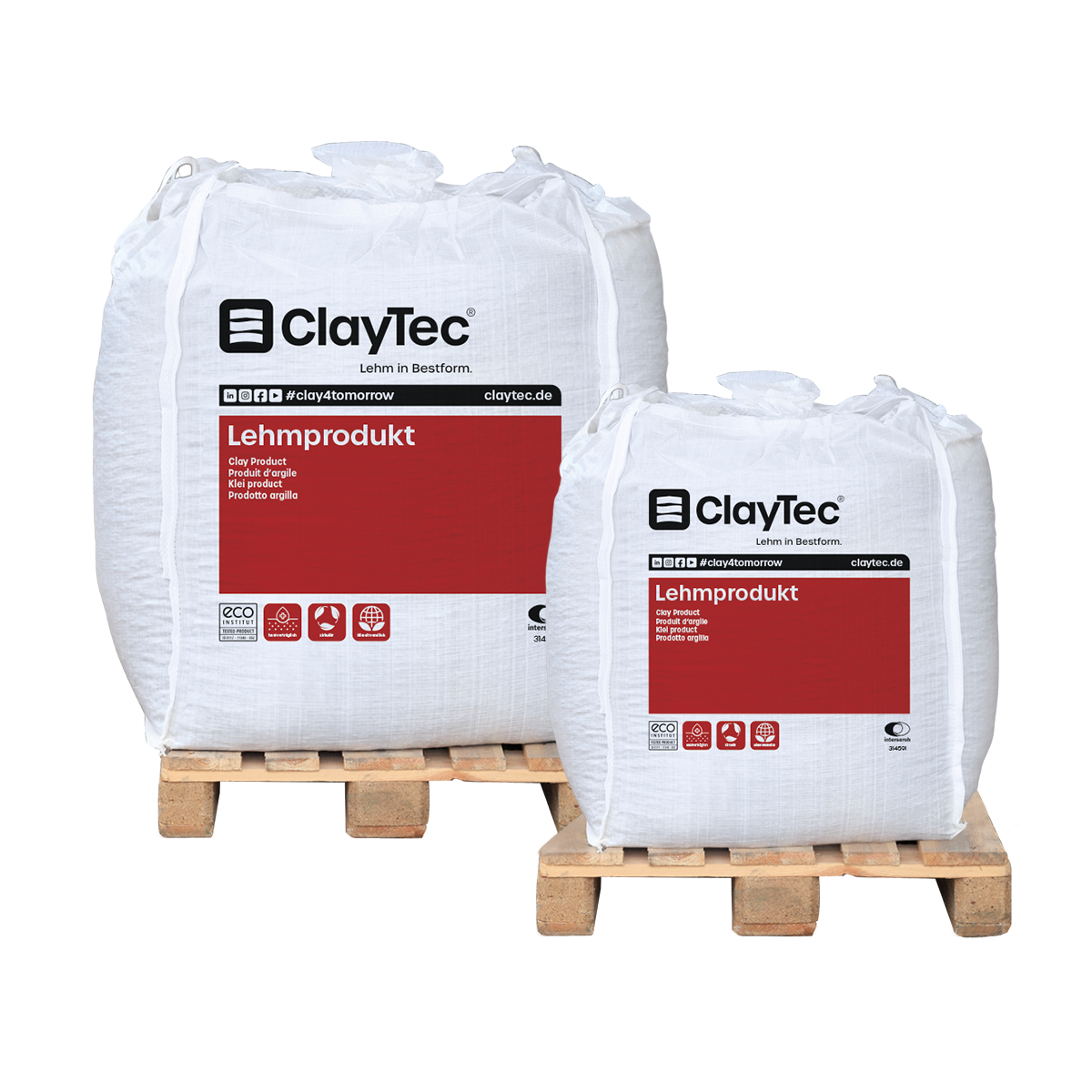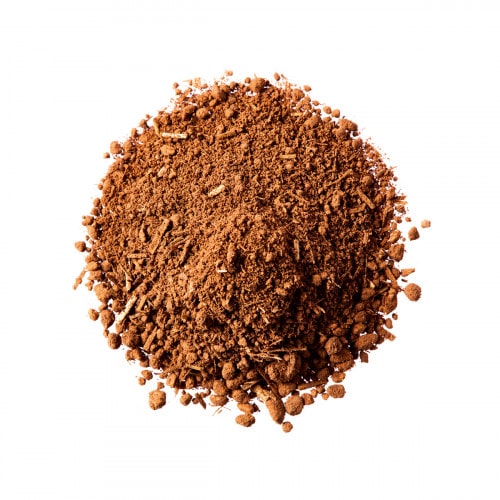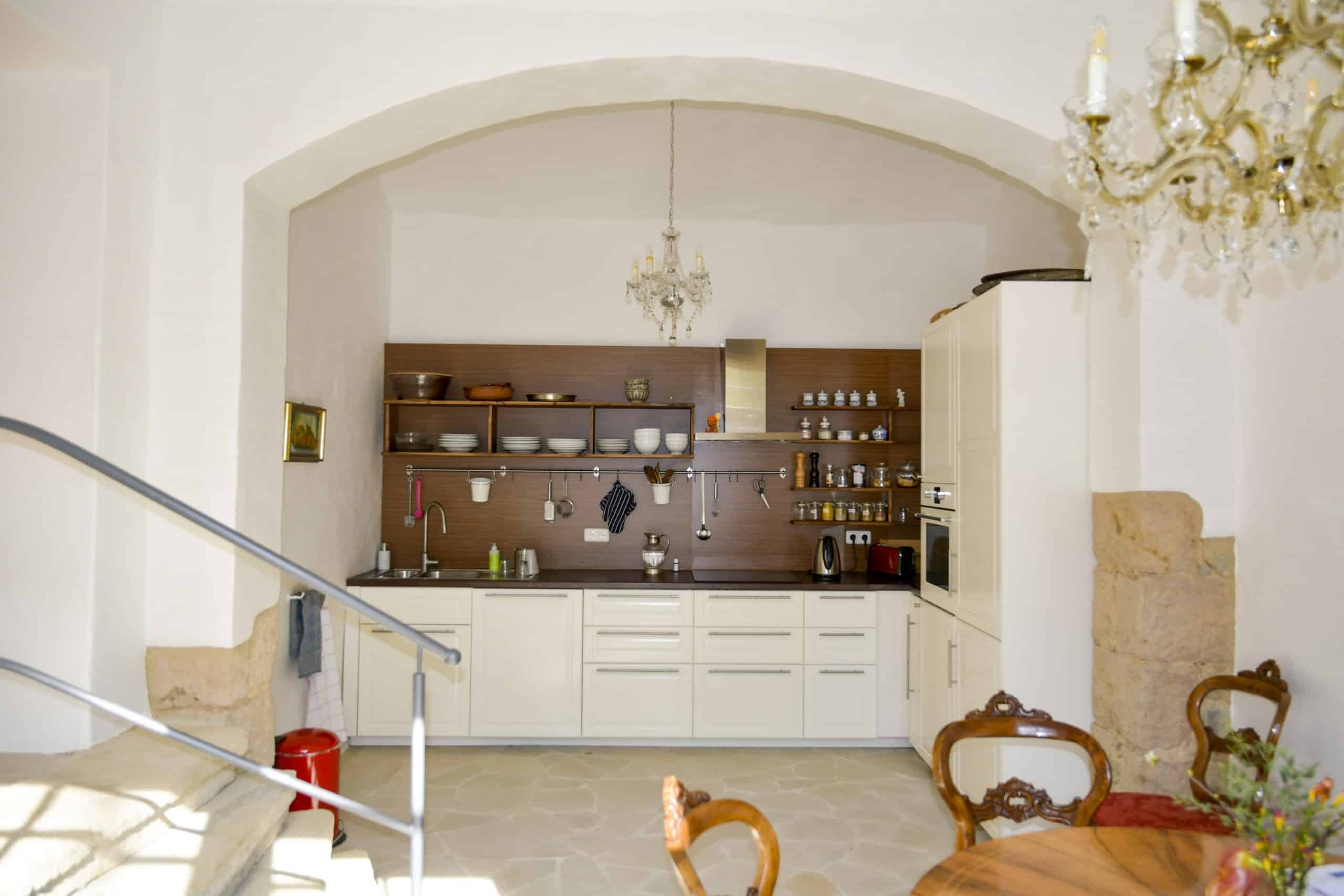Lightweight clay insulation plaster
Art.-Nr.: 05.036
Art.-Nr.: 05.236
Single or multilayer basecoat plaster for interior application. Why waste the space under your interior insulation boards? In comparison to normal clay plaster mortars, layers of clay insulation plaster reduce markedly improve the transport of heat through the wall. Clay insulation plaster is also a problem-solver for many other scenarios, e.g. for window soffits or minimal insulation focused on only certain areas. The plaster is suitable as a substrate for all coarse and fine ClayTec clay topcoat plasters.
Read product information » TM 06 nach Dachverband Lehm
TM 06 nach Dachverband Lehm ECO-INSTITUT schadstoff- und emissionsgeprüft
ECO-INSTITUT schadstoff- und emissionsgeprüftHändlersuche für:
Lightweight clay insulation plaster
Lightweight clay insulation plaster
Product information
Application
Single or multilayer basecoat plaster for interior application. Hand-applied plaster. As a thick-layer levelling plaster beneath interior insulation boards, for uneven window soffits and conical plaster layers, on thermal bridges and connecting walls and ceilings, for patched minimal insulation.
Composition
Natural clay up to 5 mm, pumice 1–5 mm, sand 0–2 mm, straw 10 mm, cellulose
Country of origin
Germany
Material properties
Bulk density 1,000 kg/m³. Thermal conductivity 0.35 W/m∙K. µ value 5/10. Building material class B2*. Microbial quality class MBKIIb (analogous to DIN 18947).
Delivery forms, yield
Earth-moistened 05.036 in 0.9 t Big Bags (yields 720 l plaster mortar, 48 m² area at thickness = 1.5 cm. Approx. 1.25 kg/m² per mm plaster thickness). Earth-moistened 05.236 in 0.45 t Big Bags (yields 360 l plaster mortar, 24 m² area at thickness = 1.5 cm. Approx. 1.25 kg/m² per mm plaster thickness).
Storage
Store in a dry place. Earth-moist lightweight clay insulation plaster should be applied no later than 3 months after manufacture.
In winter, earth-moist goods must be stored so they are protected from freezing, otherwise workability during frost is impaired.
*Better classification is possible subject to fire protection tests (Lehmbau Regeln DVL 2009, p. 97).
Status: 10/2025



